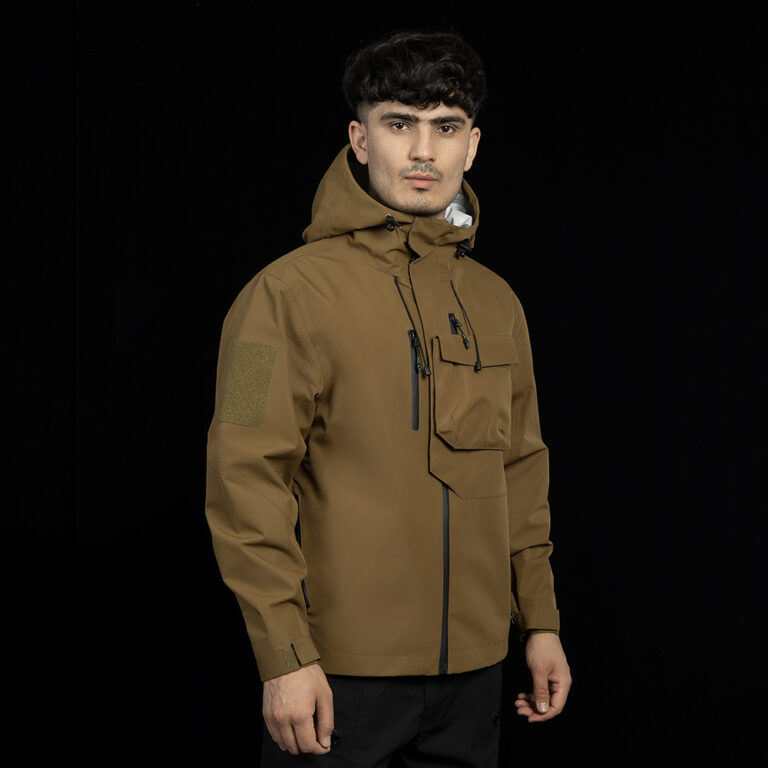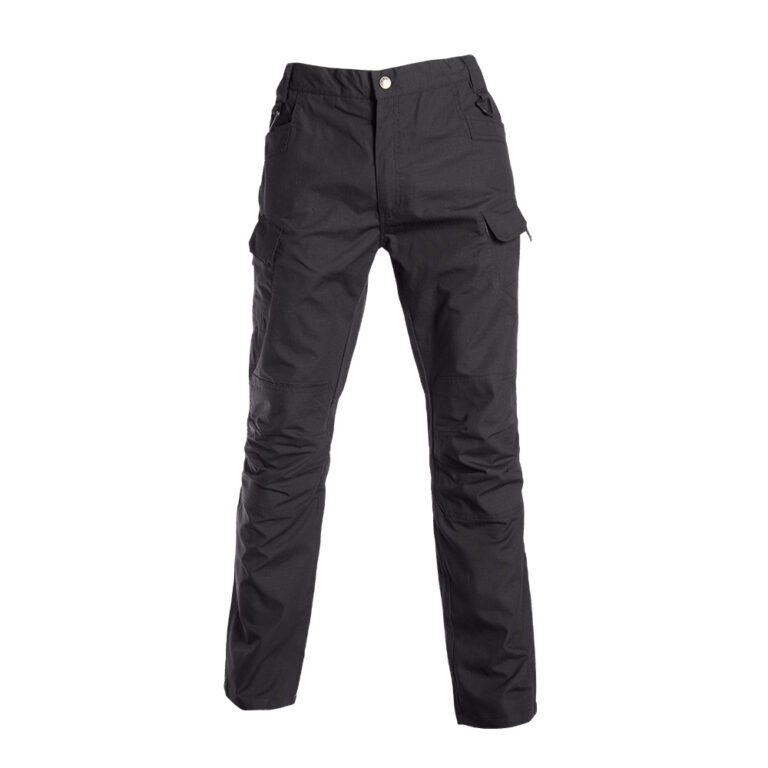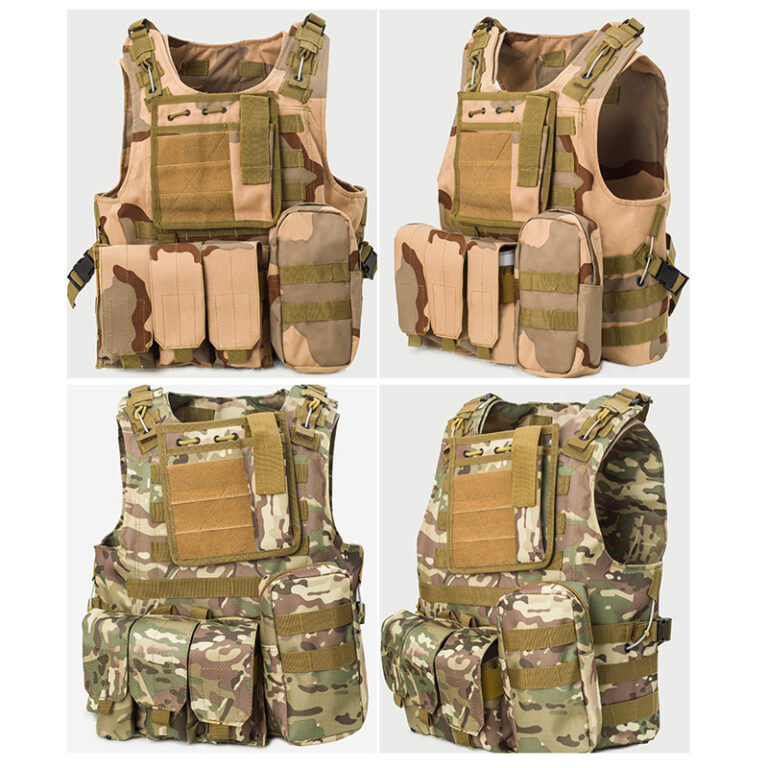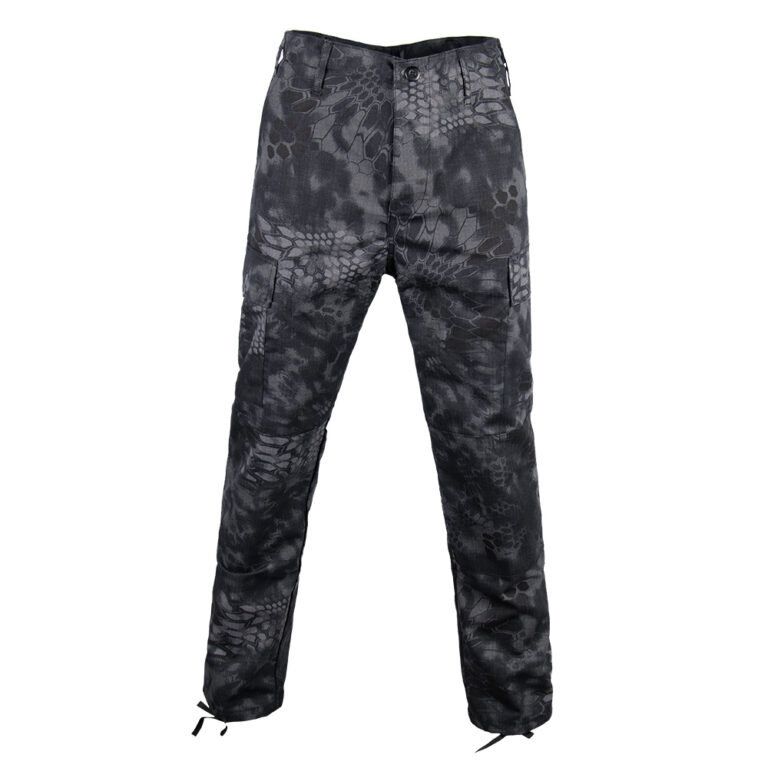
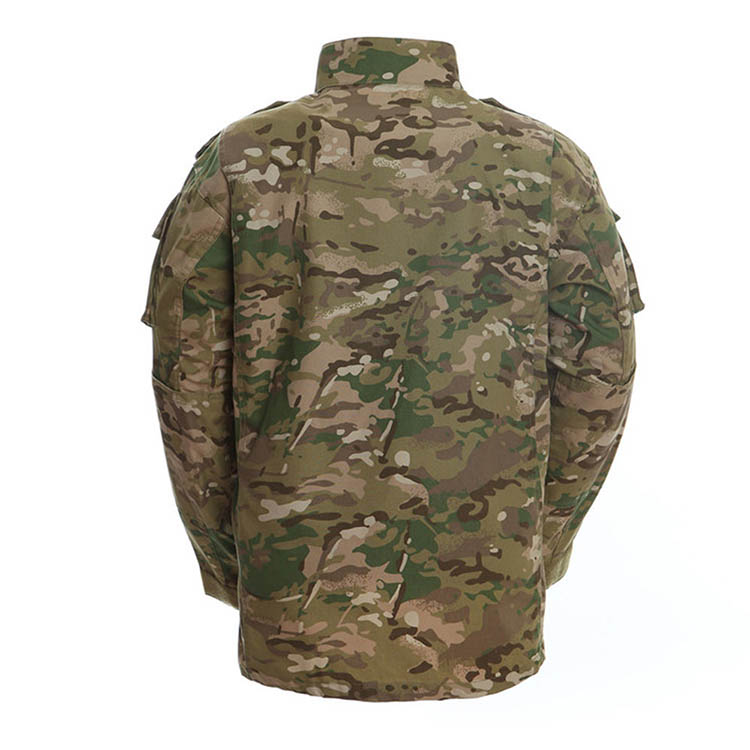
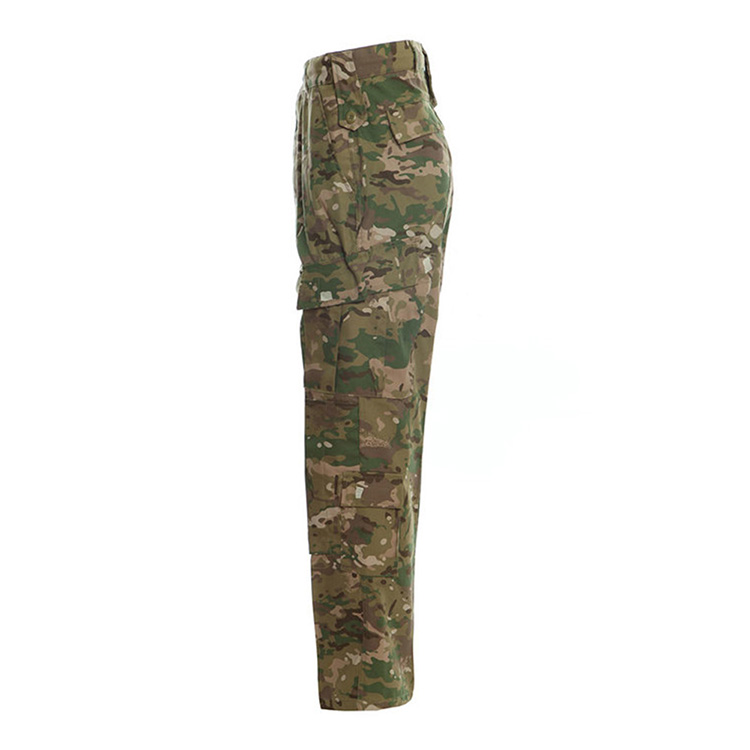

Materials:
65%Polyester + 35%Cotton
60% Cotton + 40%Polyester
50%Nylon + 50%Cotton
Fabric Type:
Ripstop / Twill
Size:
XS – XXL or customization
FEATURES:
Double layer stand-up collar with Velcro fastener
Crease on the back to increase the volume
Fly with zipper and velcro closure
Elbow / buttocks / knees are reinforced with double layer fabric
Velcro on each arm and chest for patch attachment
3 extra wide belt loops at the waist, perfect for military belt
Adapting to Changing Environments
The LCP Camouflage Military Uniform offers a versatile camouflage solution. Its pattern seamlessly adapts to various environments, making it suitable for a range of operational scenarios.
Description:Does the Army still use digital camo? What is the current camouflage pattern for the US military? What military branch wears gray camo? What is the difference between OCP camo and MultiCam?
Why did the Army choose UCP?
The Universal Camouflage Pattern (UCP) is a digital military camouflage pattern formerly used by the United States Army in their Army Combat Uniform. Technicians at Natick Soldier Systems Center attempted to devise a uniform pattern that would mask the wearer in all seasonal environments.
What are Bdus called now?
It was supplanted by the ACU (Army Combat Uniform) which remains in use by the American military to this day. However, the abbreviation “BDU” is still used as an unofficial term meaning any combat uniform. Although the ACU eventually replaced the BDU as U.S. standard-issue, the concept of the BDU lived on.
Can civilians wear BDUs?
Developed by the US Army in the late 1970s, BDUs were intended to replace the uniform pants used in the Vietnam era. Today, agencies and civilians across the world wear BDUs for work and play.
What is the current Army camo called?
The only authorized camouflage pattern for all U.S. Army and U.S. Air Force utility uniforms is the Operational Camouflage Pattern Scorpion W2, or OCP.

